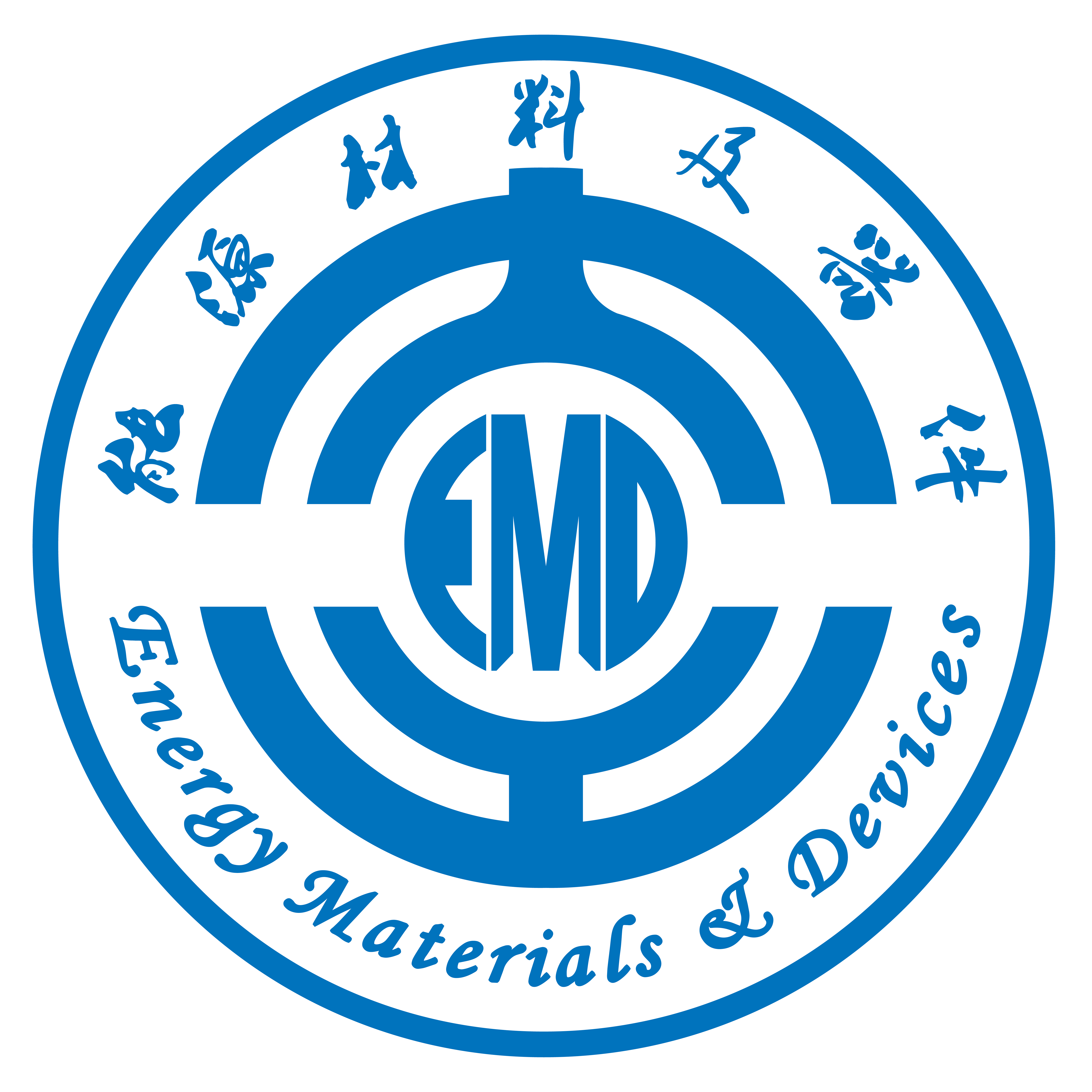Abstract: The modification of the surface atomic arrangements, especially the exposure of high-index facets, has been considered as a valid strategy to strengthen the catalytic performance of Pt-based nanocrystals. In this article, Pt concave nanocubes (Pt CNCs) with exposed high-index (510) facets are facilely synthesized through a hydrothermal method. Polyvinylpyrrolidone (PVP) and glycine are required for shape control. The mechanism of electrocatalytic oxidation toward glucose by Pt CNCs is fully discussed. The exposed high-index facets consist of abundant low-coordinated atoms (containing edges, steps, and kinks), can supply sufficient active sites for the adsorption of reactants and intermediate species, and thus enhance the catalytic activity in glucose oxidation. By using saturated calomel electrode as the reference electrode, a 1 cm2 platinum sheet as the counter electrode, and glassy carbon electrode (GCE) as the working electrode, the Pt CNC catalyst-decorated GCE exhibits higher peak current densities of 0.25, 0.15, and 0.56 mA cm–2 than those of the commercial Pt/C (10 wt. %)-modified GCE. The Pt CNC catalyst shows a rapid response toward the changes in glucose concentration. The electrocatalytic oxidation of glucose exhibits better performance in neutral and alkaline conditions than in an acidic electrolyte. Above all, the prepared Pt CNC catalysts with high-index (510) facets are expected for their wide use as abiotic catalysts in the electrocatalytic oxidation of glucose.
https://doi.org/10.1021/acsanm.1c04575

